Implementing Resolution No. 18-NQ/TW dated October 25, 2017 of the 12th Party Central Committee on a number of issues to continue innovating and streamlining the political system to operate effectively and efficiently, in 2020, Lao Cai province had many communes, wards and towns whose administrative boundaries were adjusted or merged. After 5 years, the positive changes further affirm the vivid value of the Resolution in life.
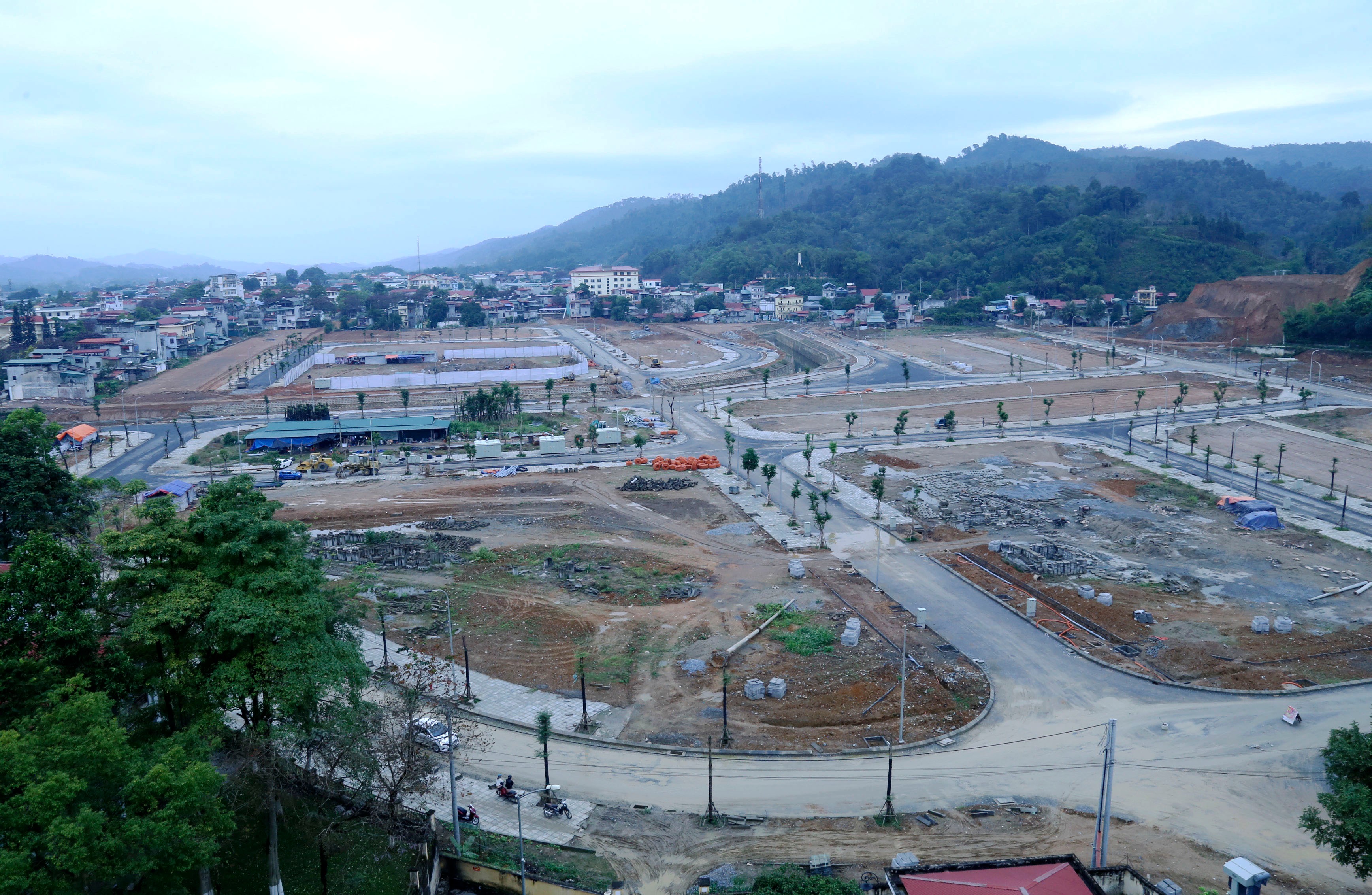
In 2020, the districts and cities (except Sa Pa which was converted from a district to a town this year) of the province, each unit has 1 commune-level administrative unit divided, rearranged, merged, with Si Ma Cai district having the largest number of communes subject to merger. In the scope of this article, we randomly selected some localities after the merger to reflect, although not comprehensive, but as a typical example after 5 years of implementing Resolution 18.
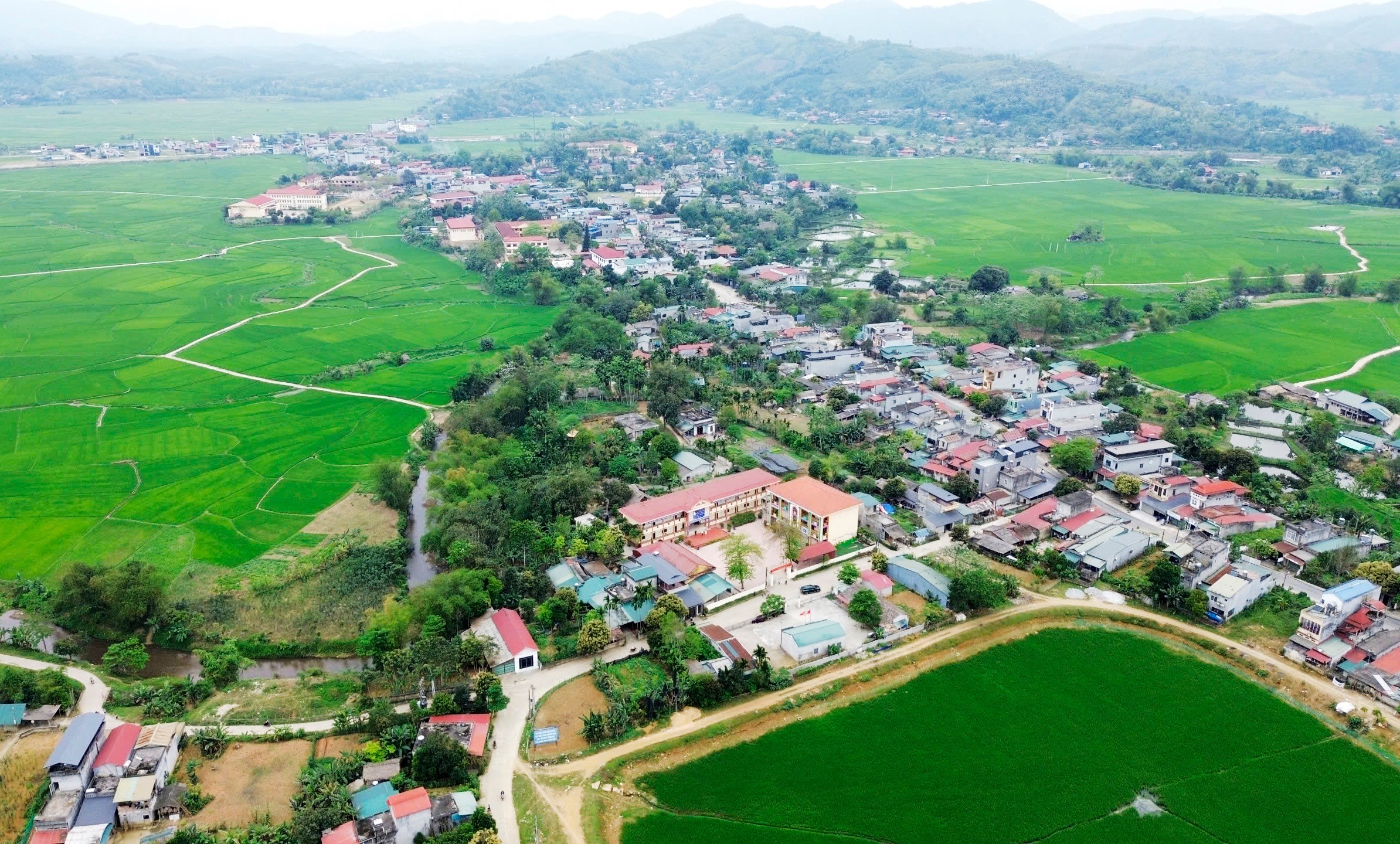
Geographically, the center of Van Son commune and Vo Lao commune are only separated by a field, along Provincial Road 151.
According to Ms. Tran Anh Tan, Chairman of the People's Committee of Vo Lao commune, the terrain of the two communes is similar, the most basic difference (before the merger in 2020) is that the population of Van Son commune is 2,700 people (rounded), Vo Lao commune is 4 times larger with 12,000 people. In terms of society, Van Son has 95% of the Kinh population, while Vo Lao commune has 80% of the population being ethnic minorities, 70% of which are Tay. Before the merger, the poverty rate of the two communes had an insignificant difference, about 5% and about 8% (old criteria).
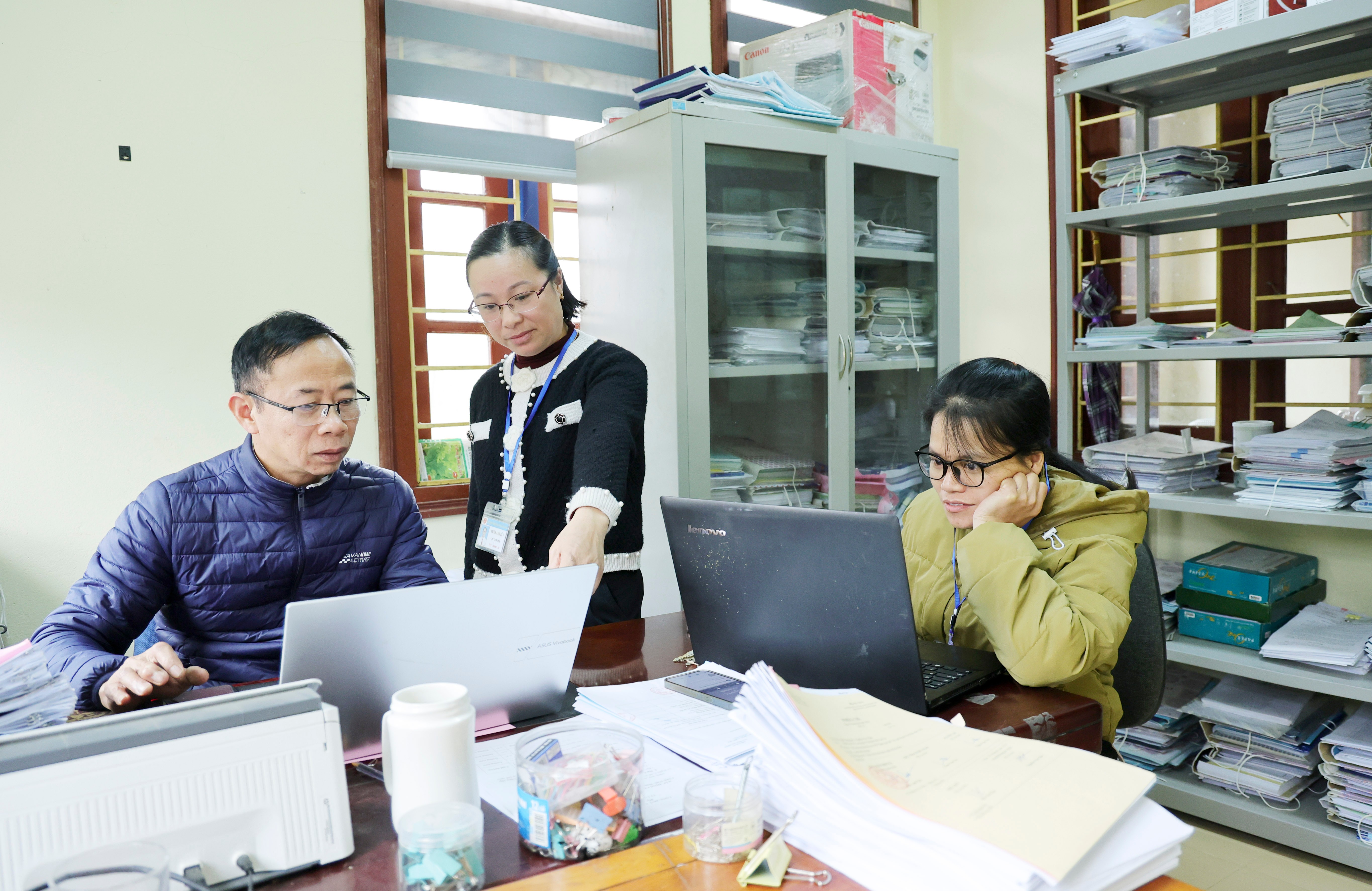
Initially, many people in Van Son commune, especially cadres and civil servants, were affected by the mentality that the small commune would merge into a larger commune and no longer have the name Van Son, but after a while, this was dispelled thanks to good ideological work.
Before the merger, Ms. Tran Anh Tan was the Chairman of the People's Committee of Van Son commune. After the merger, she has held the position of Chairman of the People's Committee of Vo Lao commune until now. After the merger, Vo Lao commune had 34 cadres and civil servants. The roadmap to reduce to the standard level was 4 years, but after only 2 years, Vo Lao commune only had 22 cadres and civil servants.
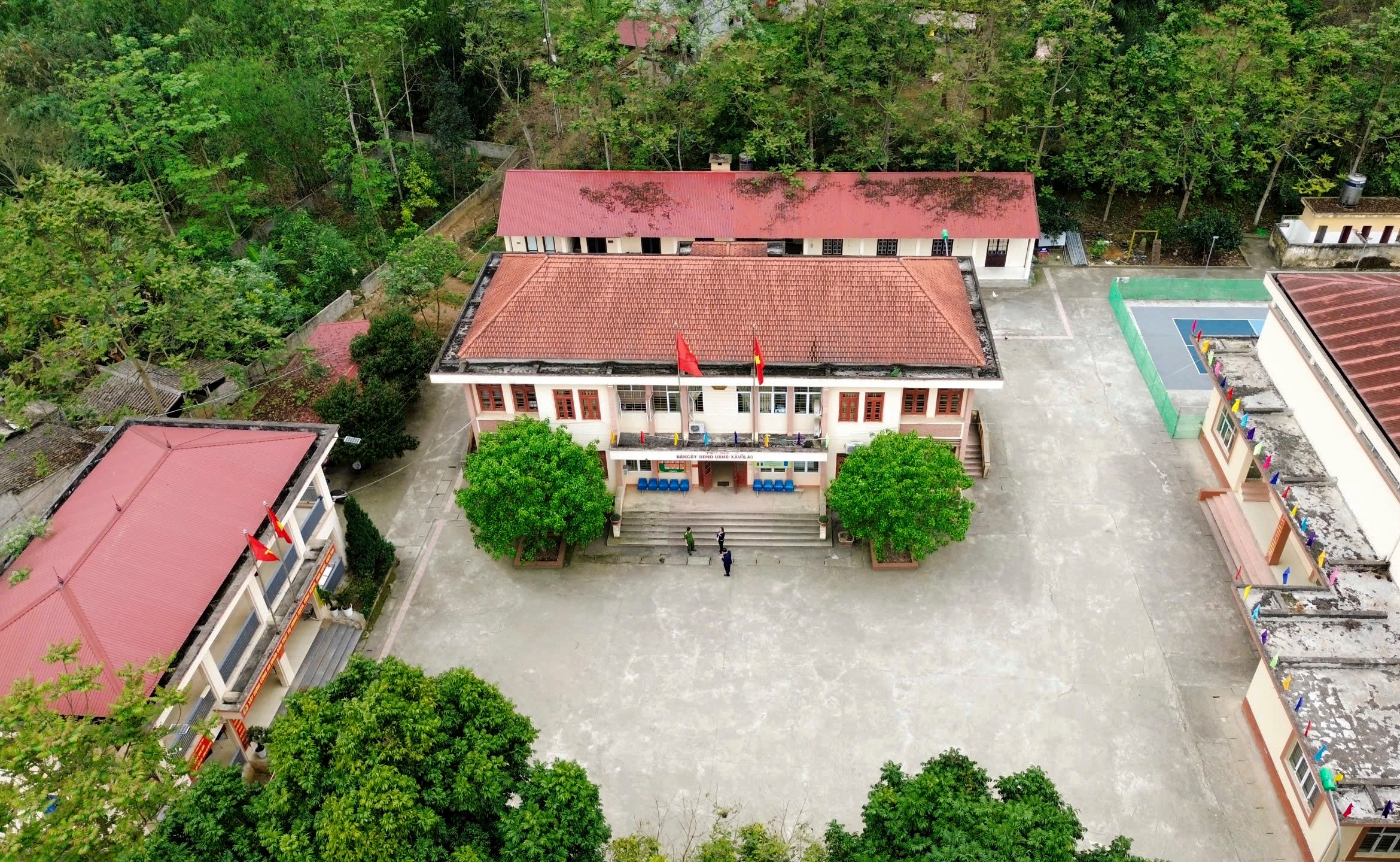
Regarding some results of socio-economic development and consolidation of the political system, the Chairman of the People's Committee of Vo Lao commune said that the average annual economic growth rate of the commune reached 9.52%; the average income of people in 2024 reached 56 million VND, an increase of 1.36 times compared to 2020; the multidimensional poverty rate decreased from 16% to 6.5%. Vo Lao gradually affirmed itself as the urban center of Van Ban district, striving to be a typical advanced new rural commune in the region.
The good news is that the socio-economic development is even among the localities, in which some important criteria for new rural construction between the two old communes have been balanced.
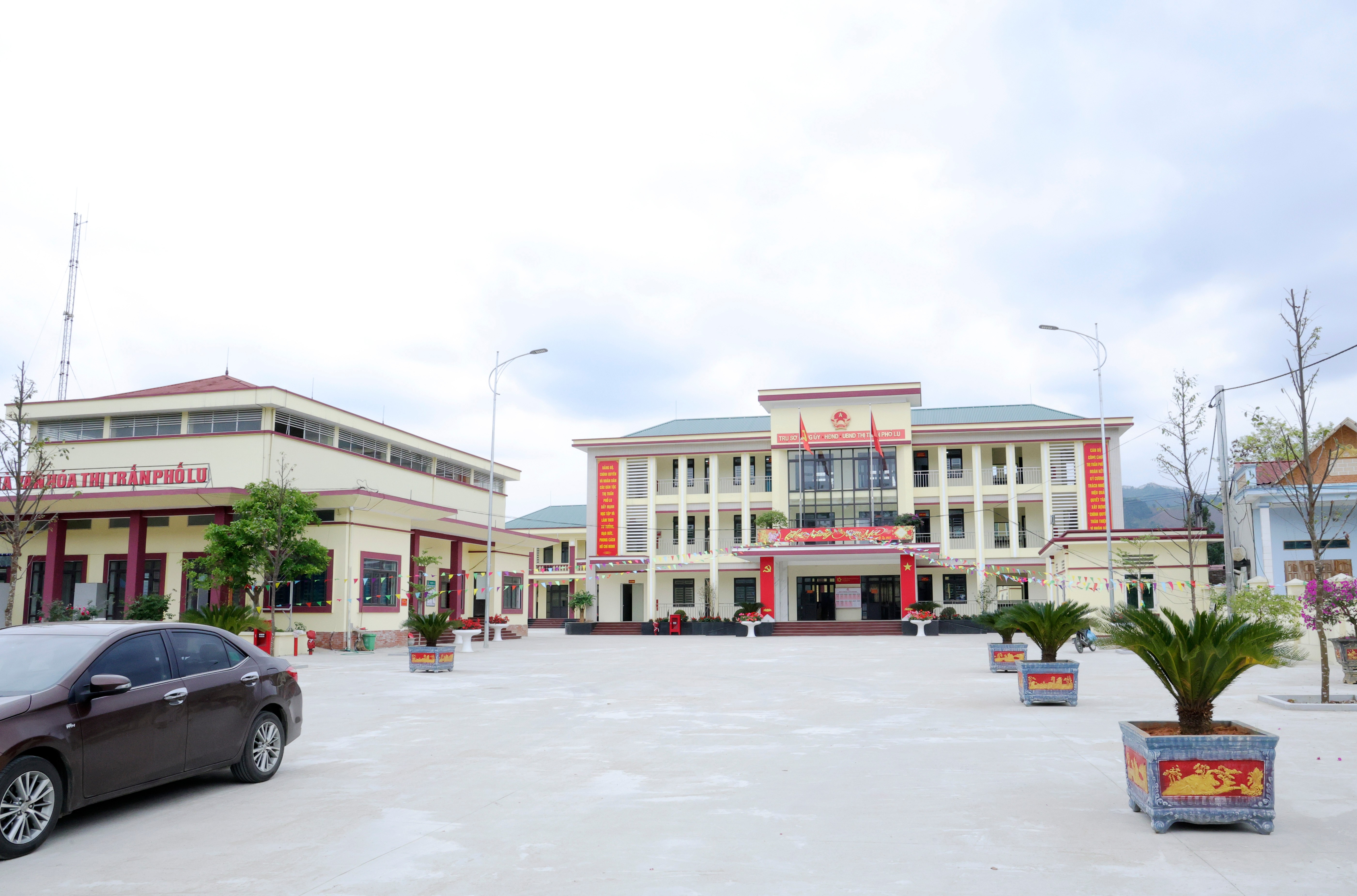
Previously, Pho Lu commune and Pho Lu town were the same administrative unit. During the development process, Pho Lu town was separated to become the district town of Bao Thang. In 2020, the district's choice was to merge Pho Lu commune and Pho Lu town under the name Pho Lu town, with the goal of expanding the central urban development space of the district, reducing the development gap between the two localities.
Five years after the merger, the socio-economic situation of Pho Lu town has improved a lot, small-scale industrial production - trade and services continue to be the spearhead with over 700 production establishments and business households, the total production and business value reaches 1,000 billion VND/year; the average production value reaches 133 million VND/ha of cultivated land/year; each year Pho Lu town produces 370 tons of live pigs.
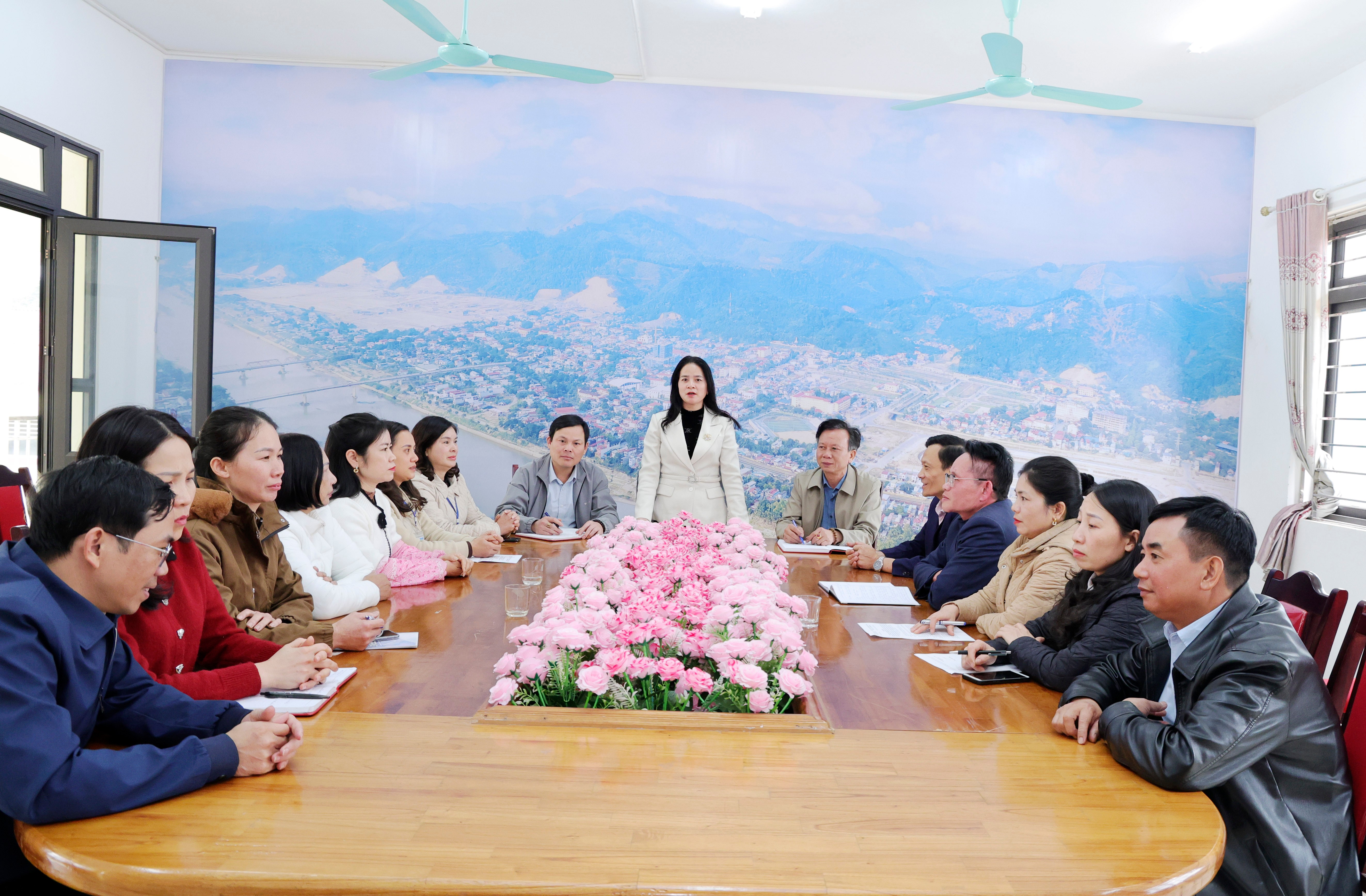
It is worth mentioning that in the suburban area (old Pho Lu commune), concentrated commodity production areas have been formed such as organic cinnamon, concentrated banana growing areas with 30 hectares and safe vegetable and flower growing areas. The obvious effect is that people's lives, especially in the suburban area, have been improved, the poverty rate of the town has decreased from 5.57% to 2.15%; the number of near-poor households is only 2.63%.
Regarding urban areas, thanks to the adjustment of boundaries, the merger of administrative units, along with the planning of Son Ha commune and part of Son Hai commune, Pho Lu urban area in 2024 has been recognized by the Ministry of Construction as an urban area meeting type IV criteria, a highlight in the dynamic axis along the Red River in Lao Cai province, which has been recognized by the Prime Minister.
According to Ms. Duong Thi Tam, Secretary of the Party Committee of Pho Lu town, after the merger of the two administrative units, the total number of cadres and civil servants was 35 people, the roadmap was to reduce in 5 years, but after only 2 years the town reduced this number to 22 people. Notably, Pho Lu town has not had to use the evaluation solution to resolve the surplus cadres and civil servants.
Also related to the surplus commune cadres and civil servants after the arrangement and merger, talking to reporters, Ms. Vu Thi Tu, Secretary of the Party Committee of Phuc Khanh commune, Bao Yen district said: In 2020, Long Phuc commune and Long Khanh commune merged into Phuc Khanh commune, when the commune was established, there were 35 cadres and civil servants, the roadmap to reduce to the standard within 5 years. However, by mid-2022, Phuc Khanh commune only had 22 cadres and civil servants working, in addition to the number of retired and transferred cadres, the commune boldly used measures to evaluate cadres, 3 people who did not meet the standard were dismissed from work.
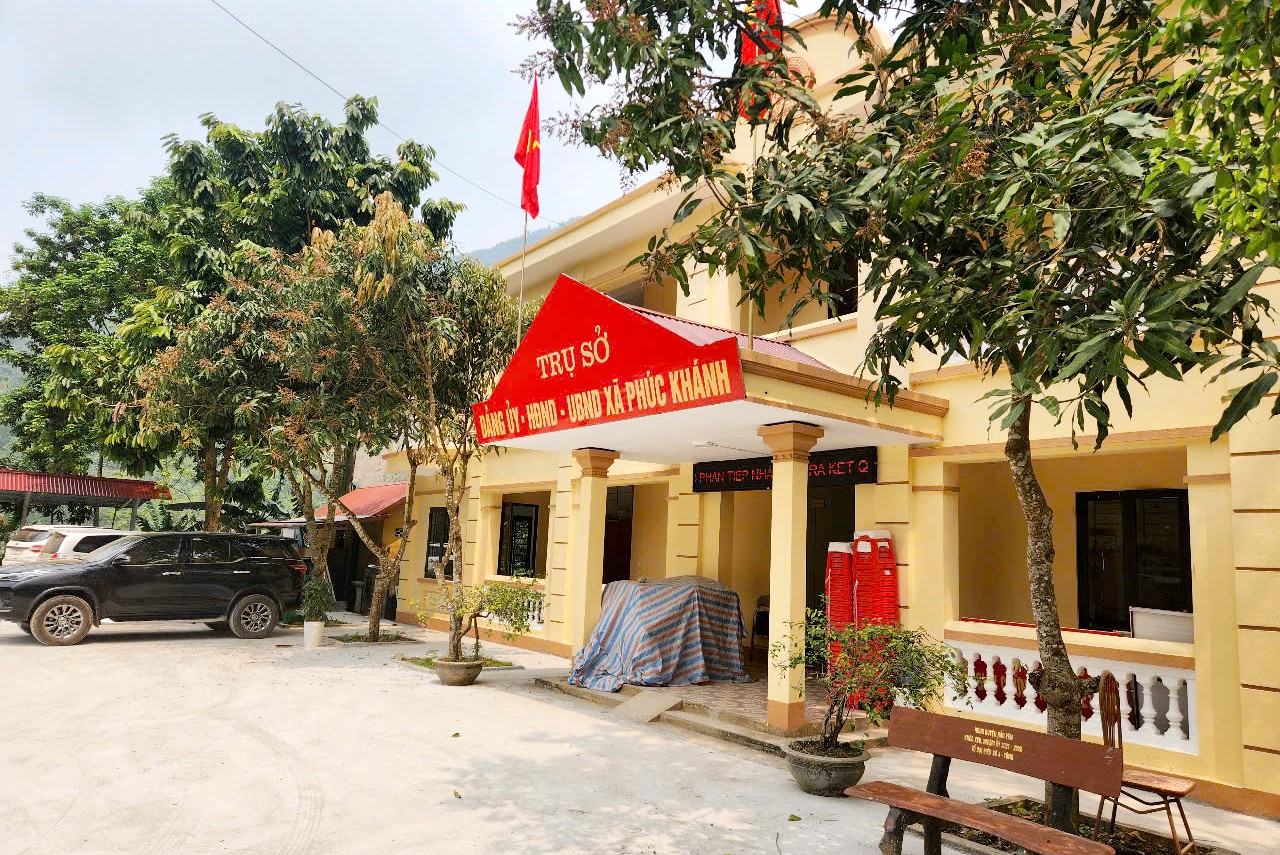
Merging and rearranging communes to concentrate resources, strengthen the grassroots, and effectively exploit local strengths is the reality from the first phase of mergers and reorganizations of communes and towns in 2020. However, solving arising problems will be more difficult if the merger is carried out simultaneously, so synchronous solutions and strong enough policies and mechanisms are needed, suitable for each locality and area.
Source: https://baolaocai.vn/sap-nhap-don-vi-hanh-chinh-cap-xa-nhin-lai-sau-5-nam-post400548.html


![[Photo] General Secretary attends the parade to celebrate the 80th anniversary of the victory over fascism in Kazakhstan](https://vphoto.vietnam.vn/thumb/1200x675/vietnam/resource/IMAGE/2025/5/7/dff91c3c47f74a2da459e316831988ad)
![[Photo] Sparkling lanterns to celebrate Vesak 2025](https://vphoto.vietnam.vn/thumb/1200x675/vietnam/resource/IMAGE/2025/5/7/a6c8ff3bef964a2f90c6fab80ae197c3)




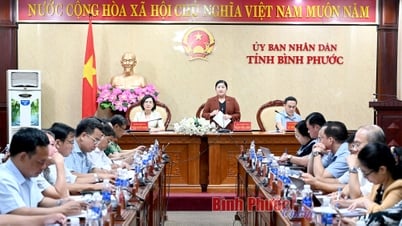
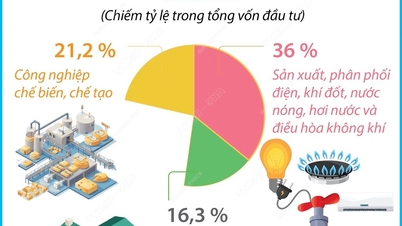

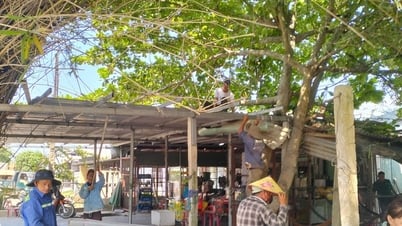
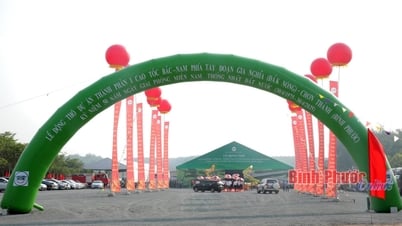









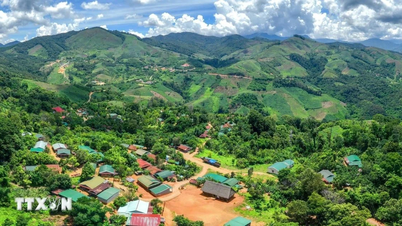























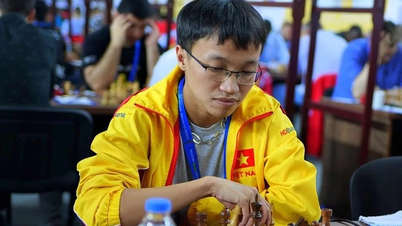





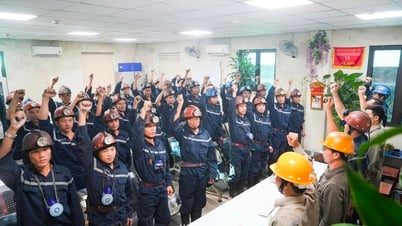

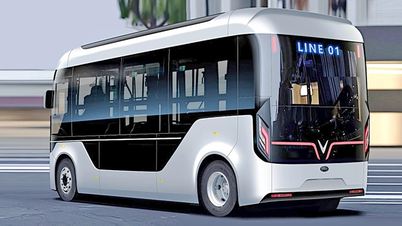



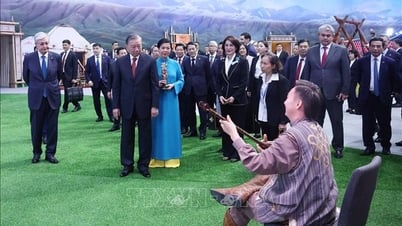
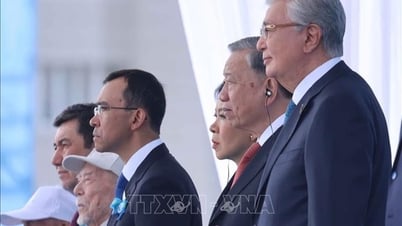

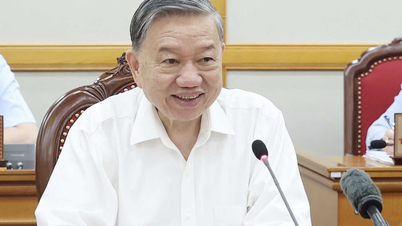




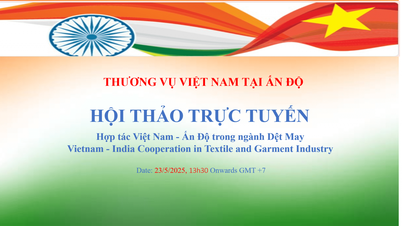


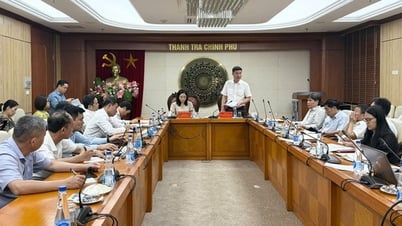
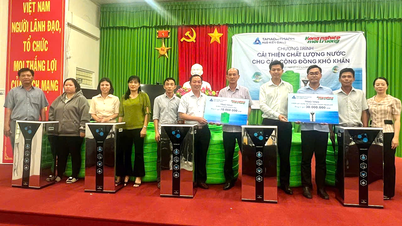


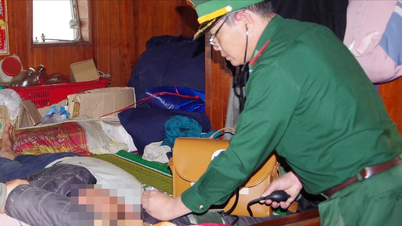
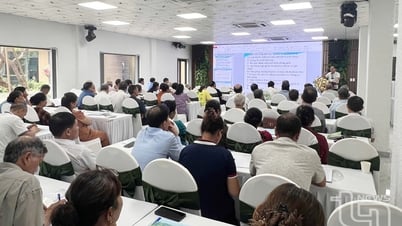






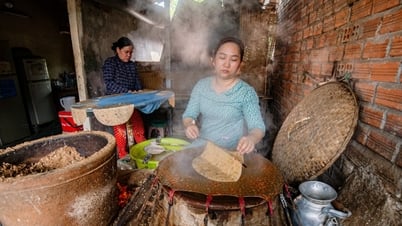








Comment (0)